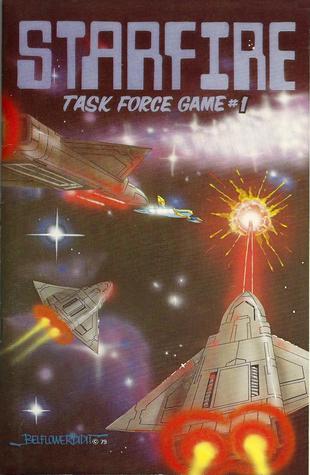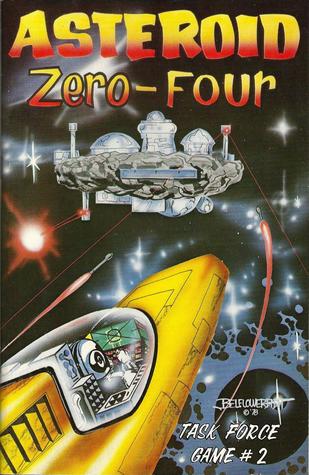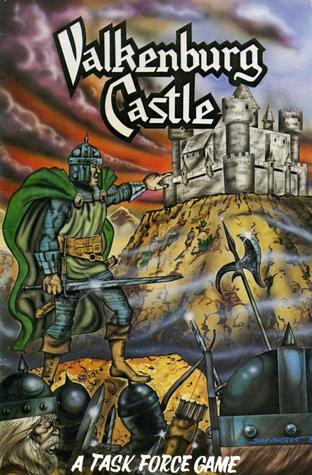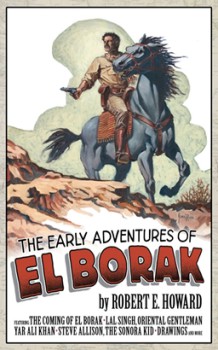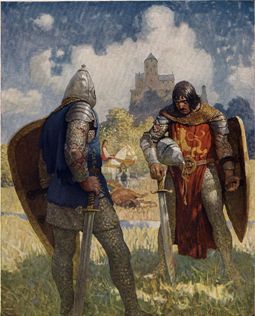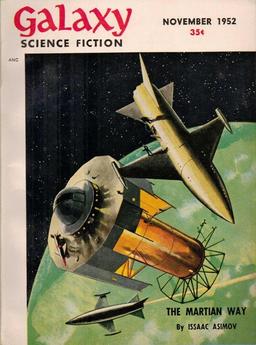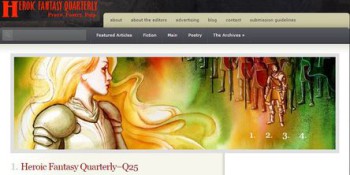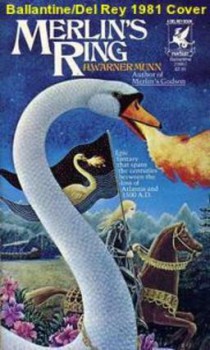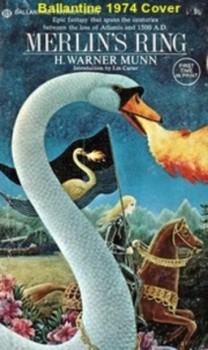When Is Fantasy Not Fantasy? Or, One Person’s Religion = Another Person’s Mythology
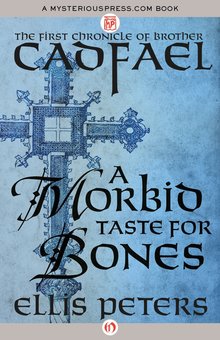 I’ve always been intrigued by the appearance of the supernatural in historical fiction. When a modern writer sets a novel in the historical past, and uses elements of the supernatural, or magic, or some such item, it’s fantasy, right? Or, is it magic realism? Or is it magic realism only if the story is set in modern day South America, preferably written by a modern day South American?
I’ve always been intrigued by the appearance of the supernatural in historical fiction. When a modern writer sets a novel in the historical past, and uses elements of the supernatural, or magic, or some such item, it’s fantasy, right? Or, is it magic realism? Or is it magic realism only if the story is set in modern day South America, preferably written by a modern day South American?
Just what is magic realism, anyway? Is it more than magical thinking on the part of characters? Or a way for non-genre critics to talk about supernatural elements in books they don’t like to think contain supernatural elements?
Are Ellis Peters’ Brother Cadfael novels examples of magic realism? Or plain old fantasy, for that matter? Cadfael prays to the Welsh Saint Winifred, and she responds. Miracles happen. The authorities, in this case the Abbot of Shrewsbury, might check for fraud (was the lame boy truly lame to start with?) but no one doubts the possibility of the miraculous, and no one searches for another explanation. On the other hand, no one suggests that this is a series of crossover books. Why not?
It’s one thing for modern writers to write of historical times and include the belief systems of the people of those times. Maybe that isn’t, strictly speaking, fantasy. But what about contemporary writers, by which I mean the people writing in those times? What about that kind of “historical” fiction?
